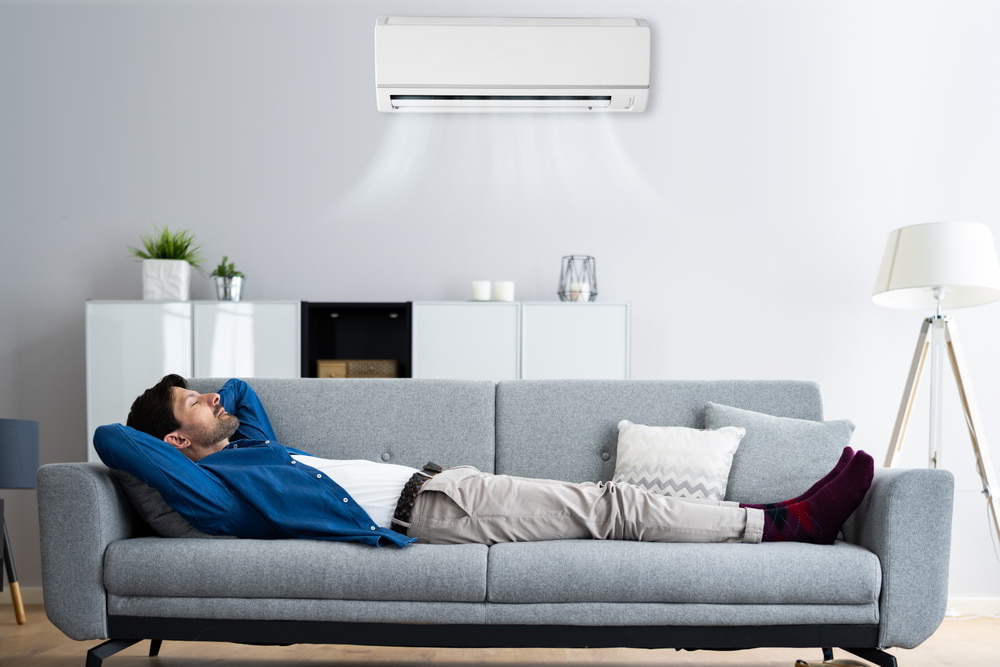Air Conditioning That Will Actually Make Your Life Better
Most of the people have no idea how their central air conditioner works. They believe that an air conditioner works by circulating cool air throughout their home. Your air conditioner, on the other hand, removes hot air from the room and re-circulates it as cool air. A refrigerator is essentially like an air conditioner. It provides cooling by evaporating refrigerants such as Freon.
A central air conditioning system cools and heats the air, cleans it, and regulates humidity levels. There are many ways to cool our home, but the basics of any central air conditioning system are the same: You need a way to remove the hot air to create cool air, a way to distribute the air throughout your home, usually through your duct system, and a way to control or regulate your system.
Condenser coil
A fan draws outside air into the condenser coil, which is made up of a series of piping. The air absorbs heat from the refrigerant as it passes through the condenser coil and the air outside the cooler passes through it, allowing the refrigerant to condense from the gas to the liquid state.
Temperature control
Temperature control is the first component of your air conditioning system. The thermostat sends a signal to the air conditioner when the air temperature on the thermostat rises above a present level. This indicates that it is time to turn on the air conditioner.
The “heart” of the system is the compressor. The compressor acts as a pump, allowing the refrigerant to circulate throughout the system. Its function is to pull the low pressure, low temperature refrigerant into the gaseous state and compress it to increase the pressure and temperature of the refrigerant. The condenser coil receives this high pressure, high temperature gas.
Expansion valve is known as the brain of the system. It senses the temperature of the evaporator, or cooling coil, by allowing the liquid to pass through a very small opening, allowing the refrigerant to expand to a low-pressure, low-temperature gas. The evaporator receives this “cold” refrigerant.

Evaporator coil
An evaporator coil is a set of pipes attached to a furnace or air handler that blows indoor air across it, causing the coil to absorb heat. The cold air is then duct-fed throughout the house. The refrigerant is then returned to the compressor, where the cycle begins anew.
An evaporator coil is a set of pipes attached to a furnace or air handler that blows indoor air across it, causing the coil to absorb heat. The cold air is then duct-fed throughout the house. A split system is used by most central air conditioning units. The condensing unit, which includes the condensing coil, is composed of a “hot” side and a “cold” side.
On the outside of your home, you’ll find the compressor and fan, as well as a “cool” side. An expansion valve and a cooling coil located within your home make up the cold side. This is usually a component of your furnace or air handler. The air moves through the furnace. The air is cooled through an evaporator coil.
Other cooling system
Other cooling options include heat pumps and geothermal systems. These systems follow the same basic principle of removing hot air and replacing it with cold air.
It is important to understand how air conditioners are rated for efficiency. The S.E.E.R., or seasonal, energy efficiency rating, is used to rate them. Air conditioning with higher SEER are more efficient, less expensive to operate and better for the environment. The current minimum of the government is 13 SEER.
Conclusion
The article is completely about air conditioning. If you want to know some basics of air conditioning then go through the entire article. So, whether you’re a newbie homeowner, a seasoned DIYer looking for a new project, or simply someone interested in how things work, this article is just for you. We’ll delve into the fundamentals of air conditioning, from its history and types to its workings and maintenance tips. By the end of this guide, you’ll have a solid grasp of air conditioning, empowering you to make informed decisions that’ll enhance your comfort at home or work.











Post Comment